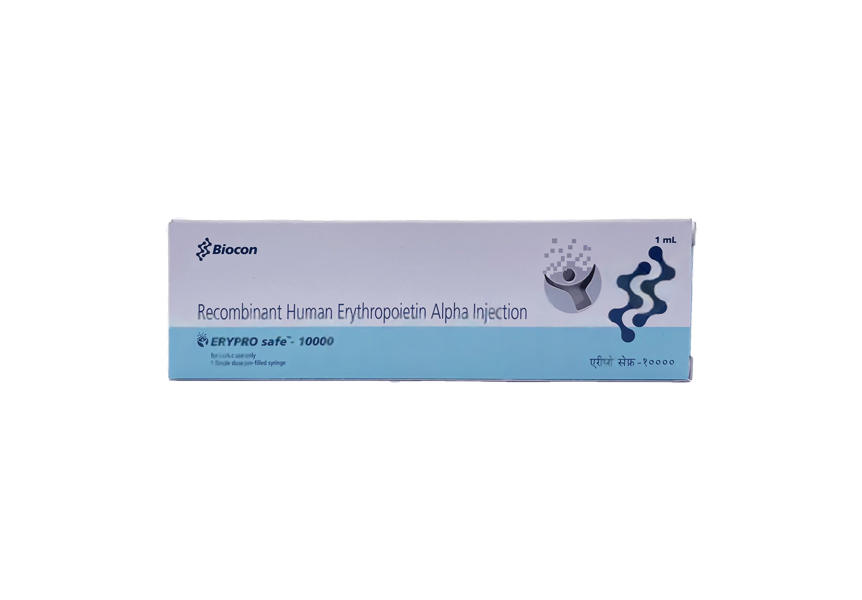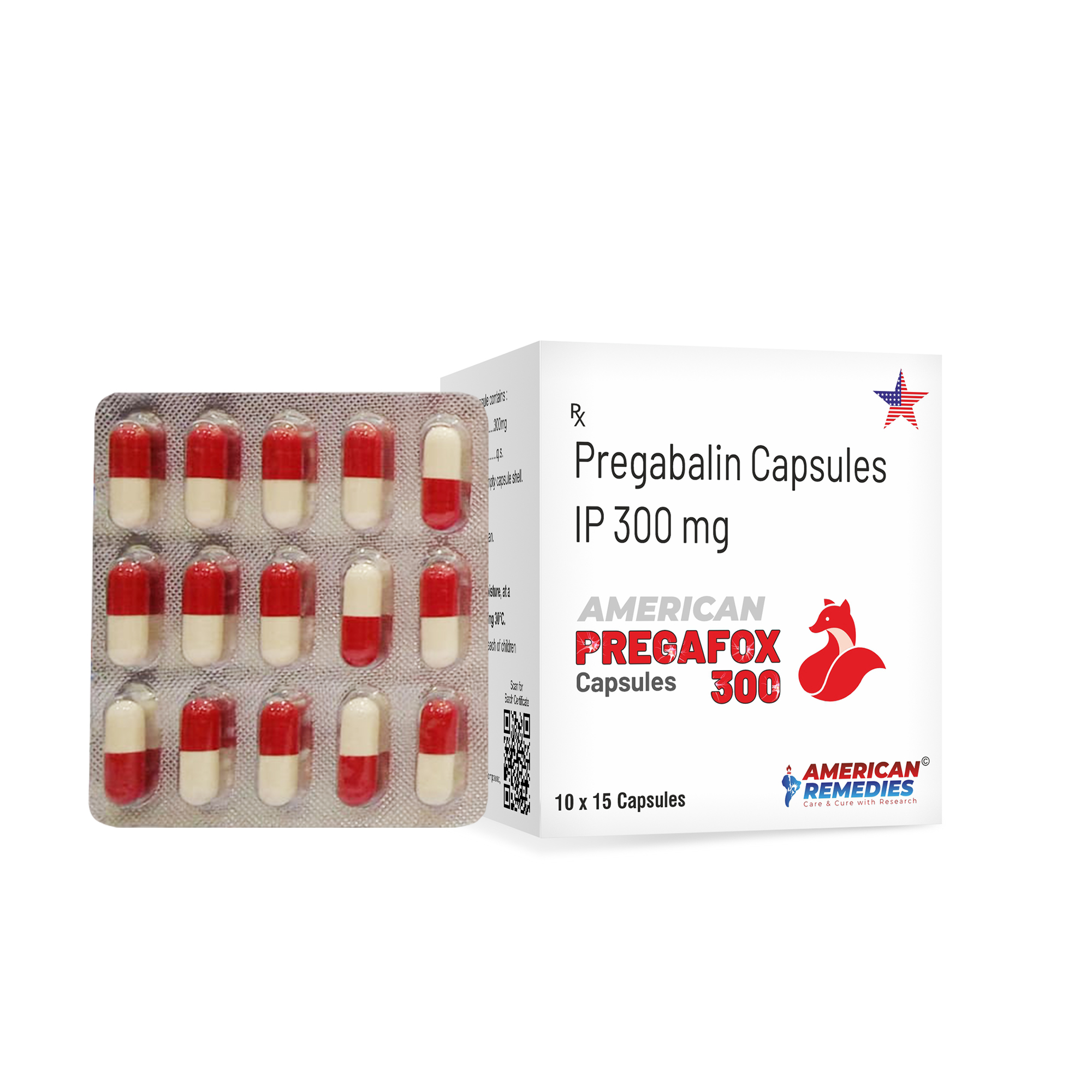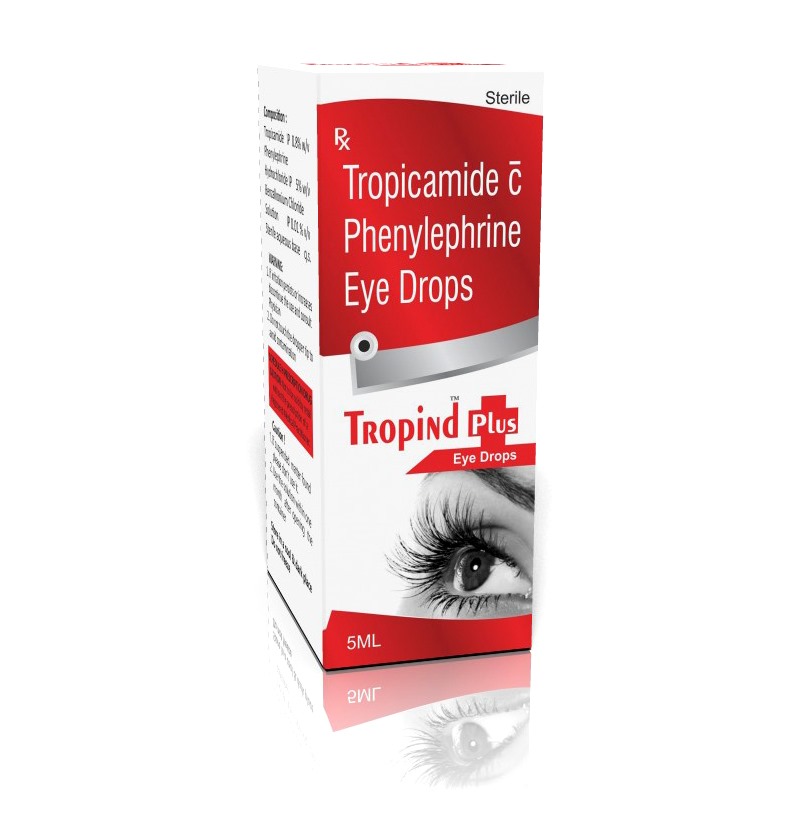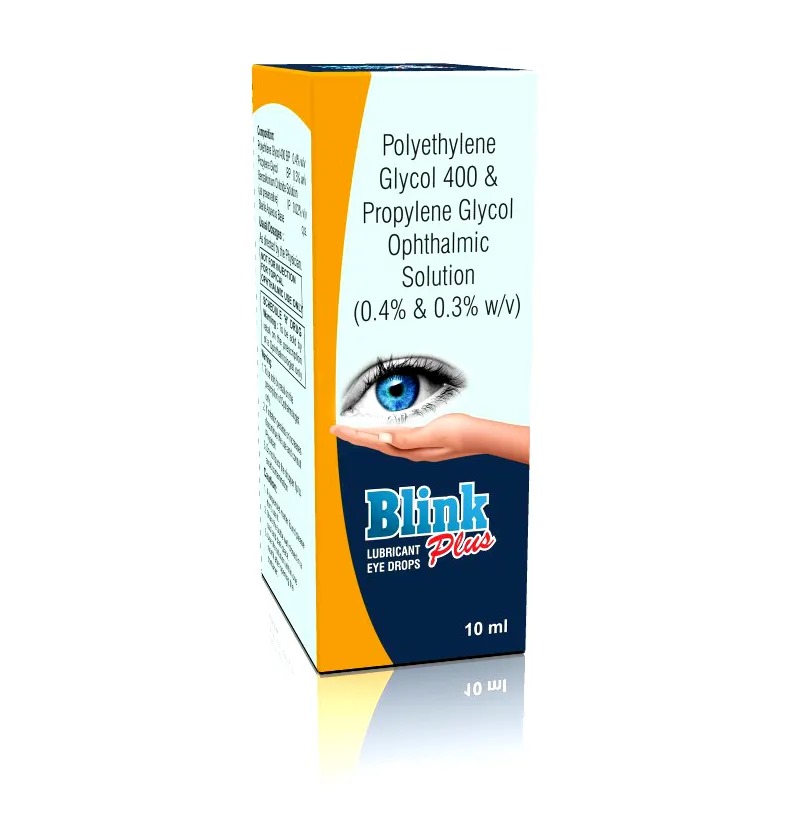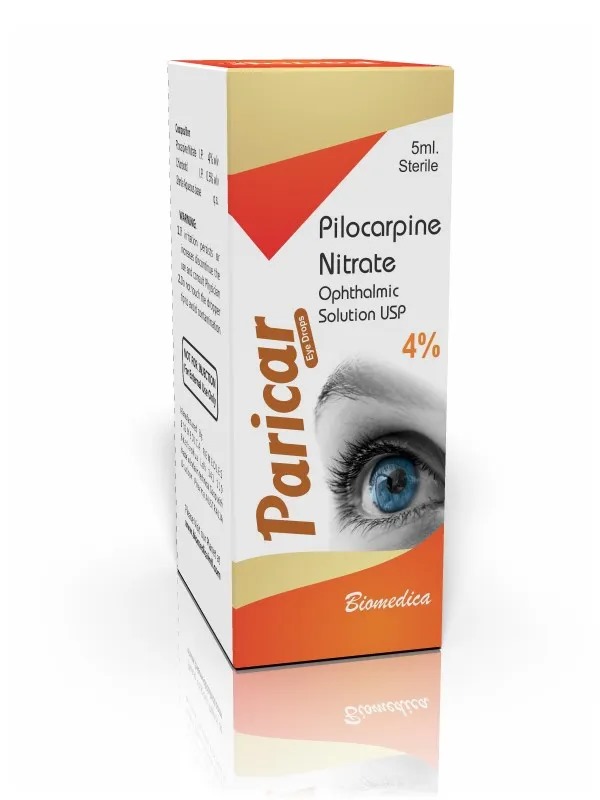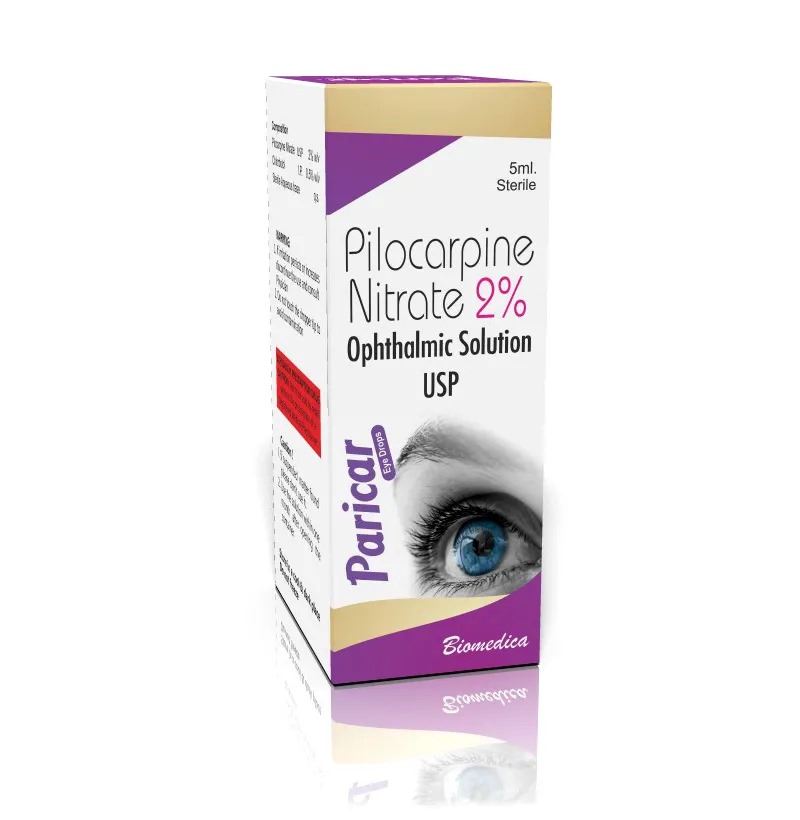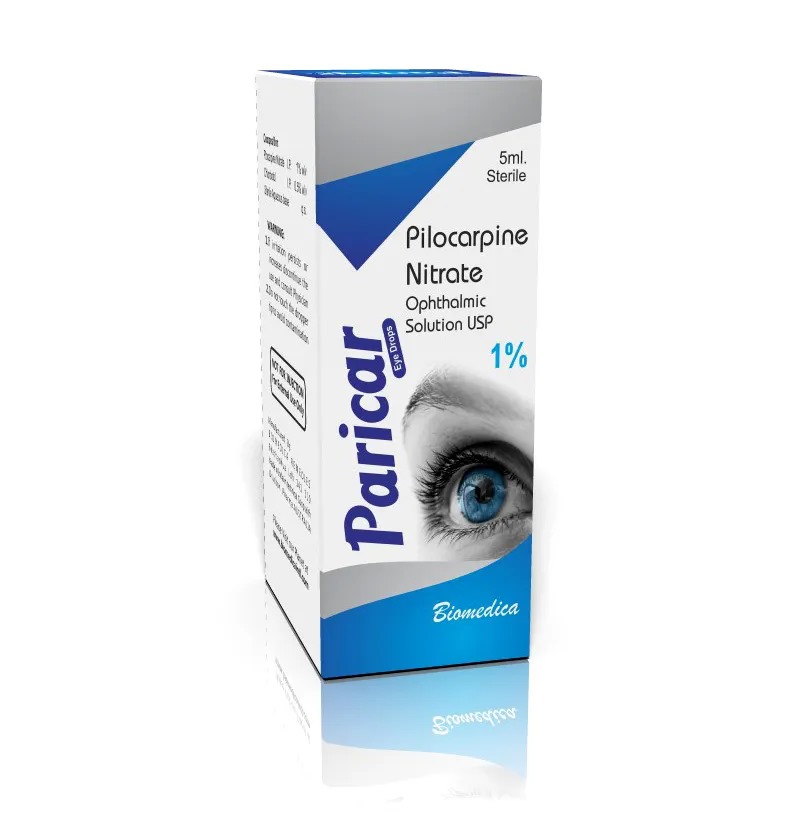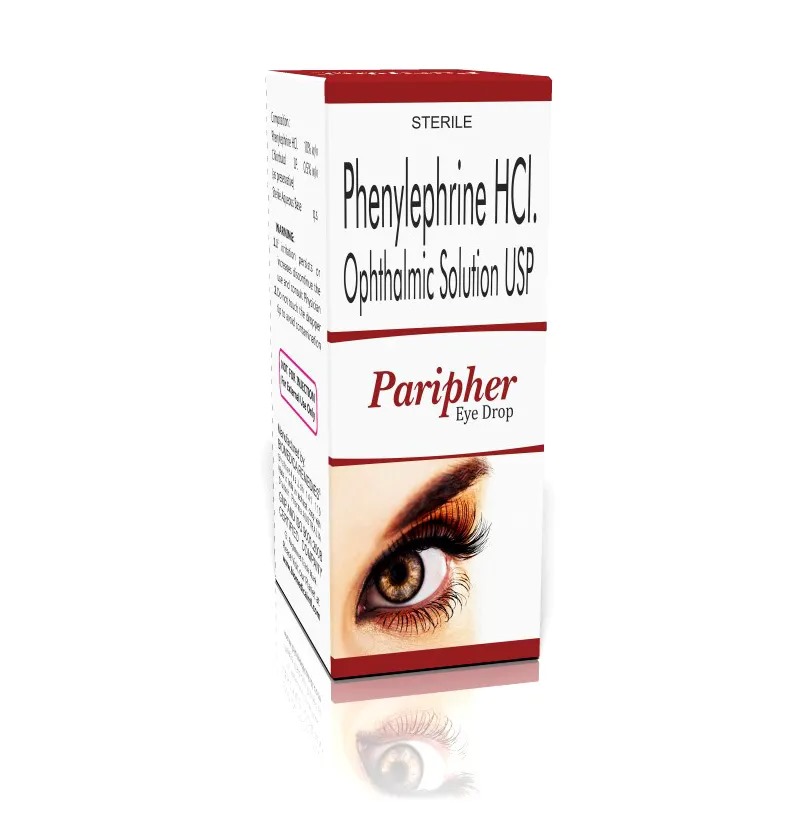Erypro safe 4000IU injection contains active components such as Recombinant human erythropoietin alfa/epoetin alfa. It is a medication that belongs to a class of drugs called erythropoiesis-stimulating agents (ESAs). This medication treats anemia caused by chronic kidney disease (CKD), cancer chemotherapy, or HIV infection treatment with zidovudine. It also reduces the need for red blood cell transfusions in patients at high risk for blood loss due to planned surgery or other procedures. Erypro safe 4000IU injection should not be used in patients with hypersensitivity to it or any of its components, uncontrolled hypertension, active thrombotic microangiopathy (TMA), pure red cell aplasia (PRCA), uncontrolled seizures, pregnancy, or lactation. It should also be used cautiously in patients with a history of blood clots, heart disease, stroke, kidney disease, liver disease, thalassemia, sickle cell anemia, myelodysplastic syndrome, leukemia, or cancer. It should only be used in children under 18 if the benefits outweigh the risks. Older adults taking this medication should be closely monitored for side effects. Before starting this medication, it is important to talk to your doctor about the risks and benefits of Erypro safe 4000IU injection.
Send Message
